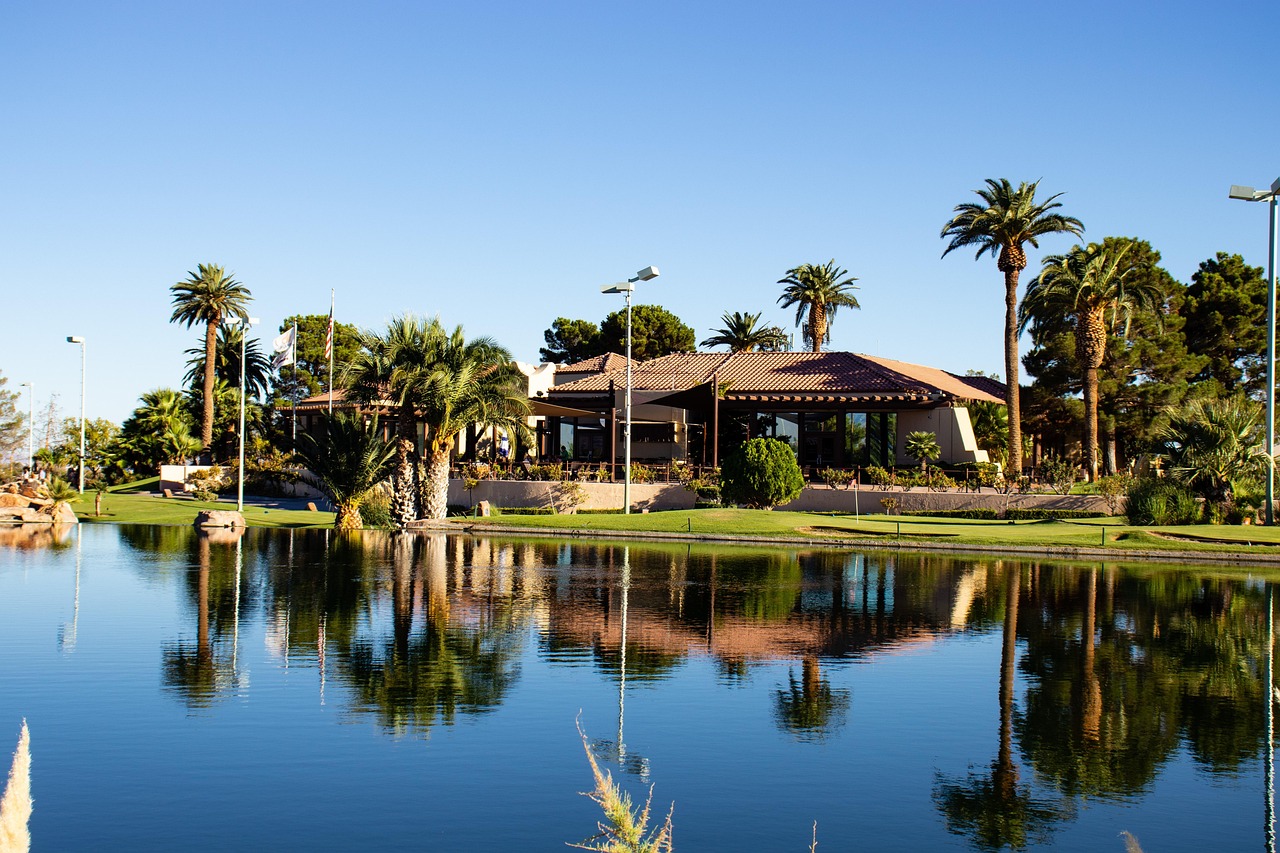Church lighting plays a crucial role in creating an atmosphere that complements the spiritual and communal activities within sacred spaces. From traditional church buildings to modern worship centres, the right lighting design can enhance both the aesthetic and functional aspects of these spaces. It is not merely about illuminating a room; it is about transforming the ambience to foster a sense of peace and reverence.
Effective church lighting involves a blend of artistry and technical expertise. The design must take into account the architectural features of the building, the needs of the congregation, and the types of services held within the space. In many traditional churches, the architecture itself is a work of art, featuring intricate details that can be highlighted with strategic lighting. For instance, stained glass windows can be accentuated with backlighting to reveal their vibrant colours and intricate designs even at night.
Modern lighting solutions offer a range of options for churches looking to enhance their worship environment. LED lighting has become a popular choice due to its energy efficiency and versatility. It allows for dynamic lighting setups that can be adjusted to suit different events, from intimate prayer meetings to large ceremonies. Moreover, modern lighting systems can be controlled remotely, offering ease of operation for church staff.
An essential consideration in church lighting design is the balance between natural and artificial light. Many churches are blessed with large windows that allow natural light to flood in, creating a warm and inviting atmosphere. However, relying solely on natural light can be impractical, especially during evening services or in regions with long winters. Artificial lighting can be used to supplement natural light, ensuring consistent illumination throughout the day.
The choice of lighting fixtures is another critical aspect. Chandeliers, pendants, and wall sconces are traditional options that can add a touch of elegance to a church’s interior. However, for a more contemporary look, recessed lighting and track lights might be preferred. These options provide a clean and modern aesthetic while offering flexibility in terms of light direction and intensity.
When planning a church lighting project, it is important to consider the environmental impact. Sustainable lighting solutions not only reduce energy consumption but also align with the ethical values of many religious communities. Energy-efficient bulbs and fixtures, along with smart lighting controls, can significantly lower a church’s carbon footprint.
Sound lighting design can also contribute to the overall safety and accessibility of a church. Well-lit pathways and exits are essential for ensuring the safe movement of congregants, particularly during large gatherings. Moreover, adequate lighting can enhance the visibility of steps and uneven surfaces, preventing accidents and ensuring that the church remains a welcoming space for all.
For churches considering a lighting upgrade, consulting with professional lighting designers is a recommended step. These experts can provide tailored solutions that meet the specific needs and aesthetic preferences of the congregation. By exploring the possibilities offered by modern lighting technologies, churches can create an environment that enriches the worship experience.
For further insights into advanced lighting options and design strategies, you can visit the CES Lighting website. Here, you will find a wealth of information on how to effectively illuminate sacred spaces while enhancing their beauty and functionality. Through thoughtful design and innovative solutions, church lighting can truly transform a place of worship into an inspiring haven of light and spirituality.






